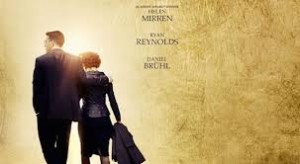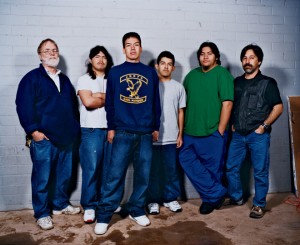The Real Story: True Story with Jonah Hill and James Franco
Posted on April 15, 2015 at 3:46 pm
“True Story” opens this week, starring Jonah Hill and James Franco. It is based on the real-life experiences of a disgraced journalist and the murderer who took his name.
The movie is about a reporter fired by the New York Times for fabricating part of his story with an important connection to a man he has never met, a murderer who killed his wife and children. The name they share: Michael Finkel.
Michael Finkel was the name given by the murderer when he was arrested. By then he was on the FBI’s Ten Most Wanted List after he fled the country.
Finkel was not his real name, which is Christian Longo. When the real Finkel found out Longo was using his name, he wanted to know why. One reason was his natural curiosity as a journalist. Another was the spookiness of it. And another was his sense, or at least his hope, that this was a story that could be his ticket back to a career in journalism. But who was using whom? Who was the bigger liar?
Finkel wrote a book about his experiences called Murder, Memoir, Mea Culpa. And now it is a movie starring Jonah Hill and James Franco.
CBS News told the story on “48 Hours” in 2005.
“Mike was empty. He was a little lost,” says Barker, Finkel’s ex-girlfriend at the time. “Mike was not sure who he was. And Chris came along, the timing was perfect. He just came along at the right time and a real relationship developed.”
Finkel adds, “He was the only friend or person in my life to whom I felt morally superior,” says Finkel.
Years later, on death row, Longo called Finkel to ask for a favor. As Finkel explained in Esquire magazine, Longo was influenced by the movie “Seven Pounds” and wanted to set up a program for organ donation by prisoners scheduled for execution. This contact led Longo, for the first time, to tell the real story about the murders, at least what he could tell. “I can’t remember who I killed first,” he explained to the man whose identity he tried to take. Finkel wrote of this encounter:
It’s never been easy to say how I feel about Longo. I’ve been tugged, from the start, between revulsion and fascination, between hoping to know the truth and wanting to imagine that Longo couldn’t actually murder his own family. But after hearing this story, there was no doubt. Hate seems too flat a word, too glib, but that is what I felt. I hated the crime, I hated hearing about it, thinking about it, imagining it, and I hated the person who did it. And it was the worst kind of hate, too, because it really didn’t matter.



